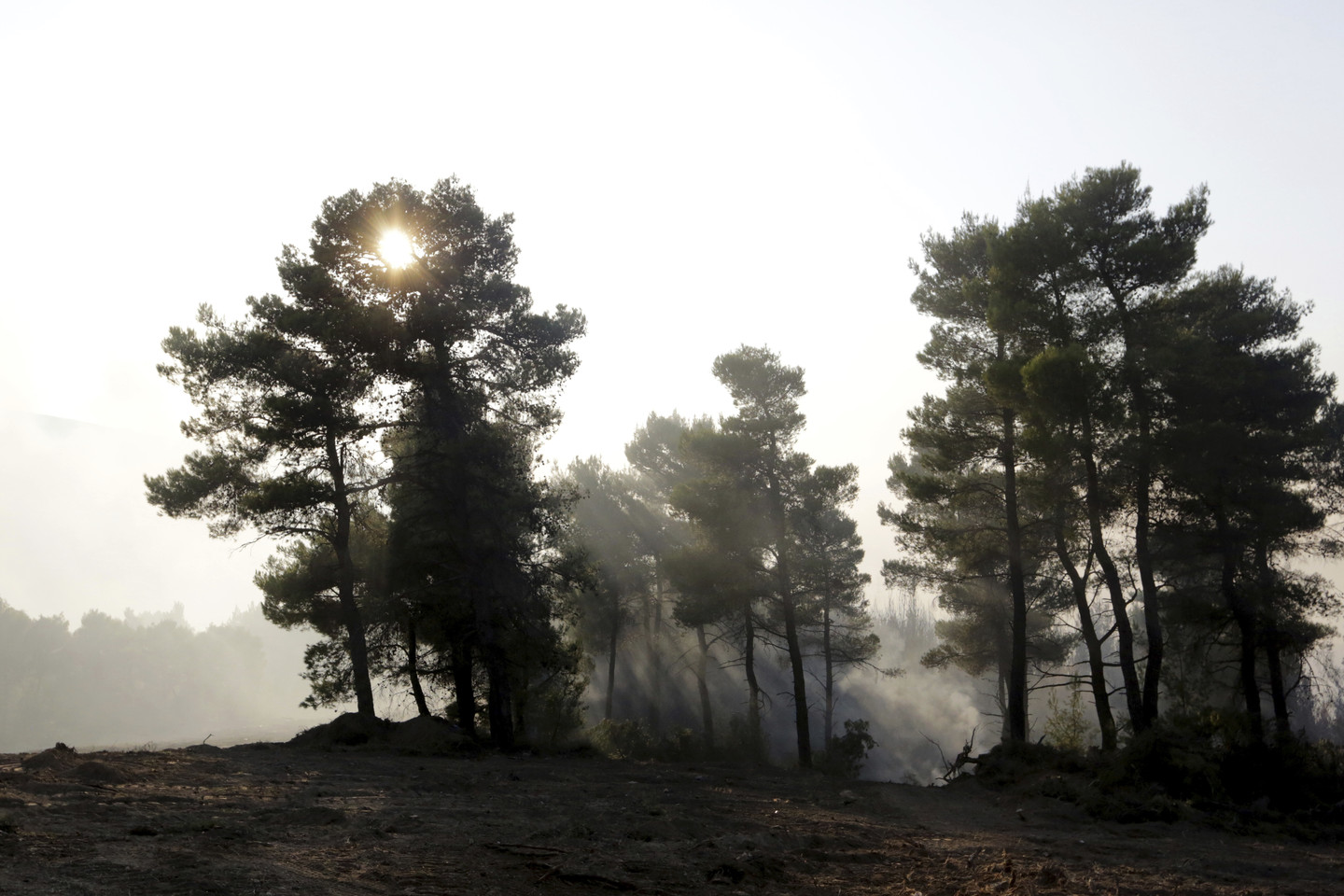Safe Havens of Learning: The Enduring Legacy of Black Boarding Schools
Imagine a time when education for Black students wasn’t just about academics, but about finding a safe haven in a segregated world. Black boarding schools, once numbering over 100, provided refuge, resilience, and a deep sense of community. Today, only four remain, standing as testaments to a bygone era and the enduring power of education.
Piney Woods School, nestled in the heart of Mississippi, is one such beacon. Founded during the Jim Crow era, it exemplifies how these schools offered Black students something often denied: a quality education steeped in cultural pride and a strong work ethic.
The impact of these institutions is evident in the remarkable achievements of their graduates, who’ve gone on to make significant contributions in diverse fields. Their stories, echoing personal growth and academic excellence, reveal the lasting impact of an education rooted in community and upliftment.
However, the journey hasn’t been easy. These schools have faced constant challenges, from securing funding to staying relevant in a rapidly changing world. Yet, they persevere, adapting while staying true to their mission of empowering Black youth.
It’s important to note that Black boarding schools differ significantly from historical institutions like Native American boarding schools. Their focus has always been on empowerment, self-sufficiency, and community engagement, with some incorporating religious affiliations into their values and mission.
Looking ahead, these remaining schools represent more than just places of learning; they are living monuments to the resilience of the Black community and the unwavering belief in education as a tool for liberation. By ensuring their survival and celebrating their unique legacies, we honor the past and invest in a brighter future for Black education.
How Many Black Boarding Schools Are There in the US?
Before the landmark Brown v. Board of Education decision, over 100 Black boarding schools dotted the United States, serving as sanctuaries for Black students during segregation. These institutions provided not only quality education but also a nurturing environment where Black students could thrive.
Today, only four of these schools remain:
- Piney Woods School in Mississippi
- The Augustine School in Florida
- St. Augustine’s High School in Louisiana
- St. Paul’s College in Virginia
These schools represent a unique and valuable approach to education, deeply rooted in Black culture and history. They foster a sense of community and belonging, empowering Black students to embrace their identities.
The commitment to academic excellence is undeniable. These schools boast impressive college acceptance rates, with some, like Piney Woods School, seeing nearly all their graduates pursue higher education.
While challenges like funding and competition persist, Black boarding schools remain steadfast in their mission to empower Black youth. Their resurgence in interest suggests a growing recognition of the value of culturally specific learning environments where Black history and culture are celebrated, not sidelined.
What Makes the Four Remaining African American Boarding Schools Unique?
Beyond the history, what makes these four institutions – Piney Woods School, Laurinburg Institute, Pine Forge Academy, and Redemption Christian Academy – so special?
These schools are more than just classrooms; they are communities that nurture Black excellence. Imagine a place where academic rigor meets a deep appreciation for Black history and culture, fostering lifelong friendships and unwavering support systems.
Each school has a unique story, navigating the ever-changing world of education while facing financial challenges. Yet, they remain beacons of hope, constantly adapting without losing sight of their mission: empowering Black youth.
Their legacies continue to inspire, reminding us that with the right opportunities, anything is possible.
When Did the Last Residential School Close in the US?
The era of residential schools, where Native American children were tragically removed from their families and forced to assimilate, is a painful chapter in American history. While the federal government officially stopped running these schools in 1973, the Riverside Indian School in California remained open until 1975. This means that just a few decades ago, Native American children were still subjected to a system designed to erase their culture.
It wasn’t until the Indian Child Welfare Act of 1978 that Native American parents gained the legal right to decide where their children went to school.
The closure of these schools marked a step towards justice, but the pain inflicted on generations continues to echo. The loss of language, culture, and identity has had a lasting impact on Native American communities.
Yet, even in the face of such hardship, there is hope. Survivors are bravely sharing their experiences, raising awareness and pushing for change. Organizations like the National Native American Boarding School Healing Coalition are working tirelessly to support survivors and promote healing.
The closure of residential schools was a victory, but the journey toward reconciliation is ongoing. It’s a reminder to never forget this dark chapter and to continue supporting Native American communities in their pursuit of justice and healing.
Discover more about the impact of technology and society:
- Explore the dark side of online trends in The Psychopaths of TikTok.
- Delve into the shrinking safe spaces for vulnerable individuals in The Last Safe Spaces.











1 thought on “The Last Black Boarding Schools: Preserving a Legacy, Shaping the Future”
Comments are closed.